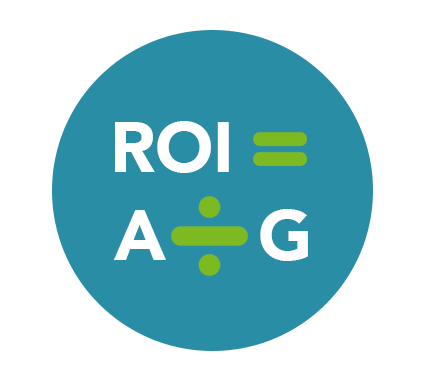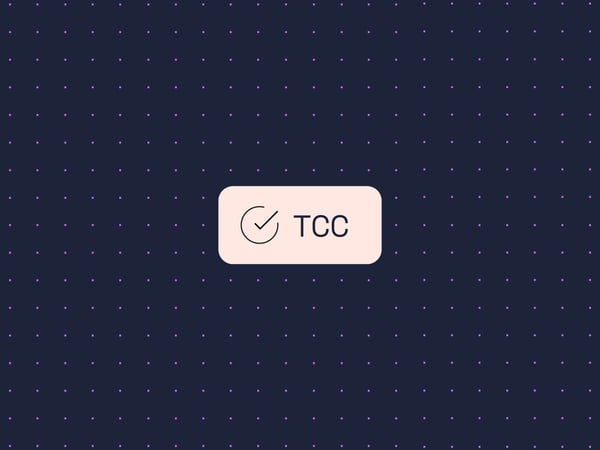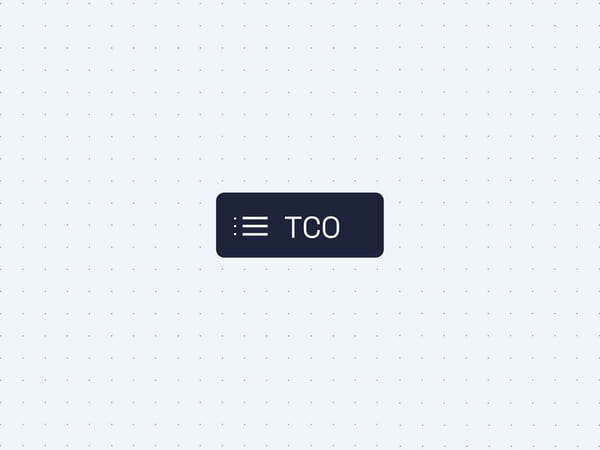ROI (Return of investment) is often used to calculate and evaluate an investment. To calculate ROI, the profit from an investment is divided by the cost of the investment.
ROI, as an evaluation method, has its origins in classic investment calculation; i. e., the task of making assessments of long-term investment profitability. Companies use them to plan purchases of new equipment and premises, assess new products, and to compare different manufacturing methods or system support, such as an e-commerce platform.
If you use ROI to evaluate e-commerce projects, you should keep in mind that traditional Return on Investment mostly looks back in time, which can be skewed; when the biggest changes are likely to be ahead. As e-commerce expands and develops, you cannot rely entirely on ROI; since an ambitious goal for the future is a given, in an e-commerce project.
When estimating the business benefits of your e-commerce project, it is therefore important to consider your cost structure, over time; and be responsive to changes in the market and with customers. We recommend that you develop a couple of possible scenarios for the future, and request a price quote from your providers; to cover these possible changes. This is called, “Cost of Change” (read blog posts), and is an important complement to ROI.

ROI = Annuity / Basic Investment
In classic investment calculation, ROI is called the “annuity ratio”, and is defined as the annuity (payment surplus per year) divided by the basic investment.
The basic investment is the initial cost of the investment, and it entails direct changes in the annuity. When it comes to investments in e-commerce, the type of platform and the system support's ability to scale up, to take one example, substantially affects profits; over time. The annuity method, also called the “annual cost method”, indicates how profitable an investment is, in the life cycle of an investment.



